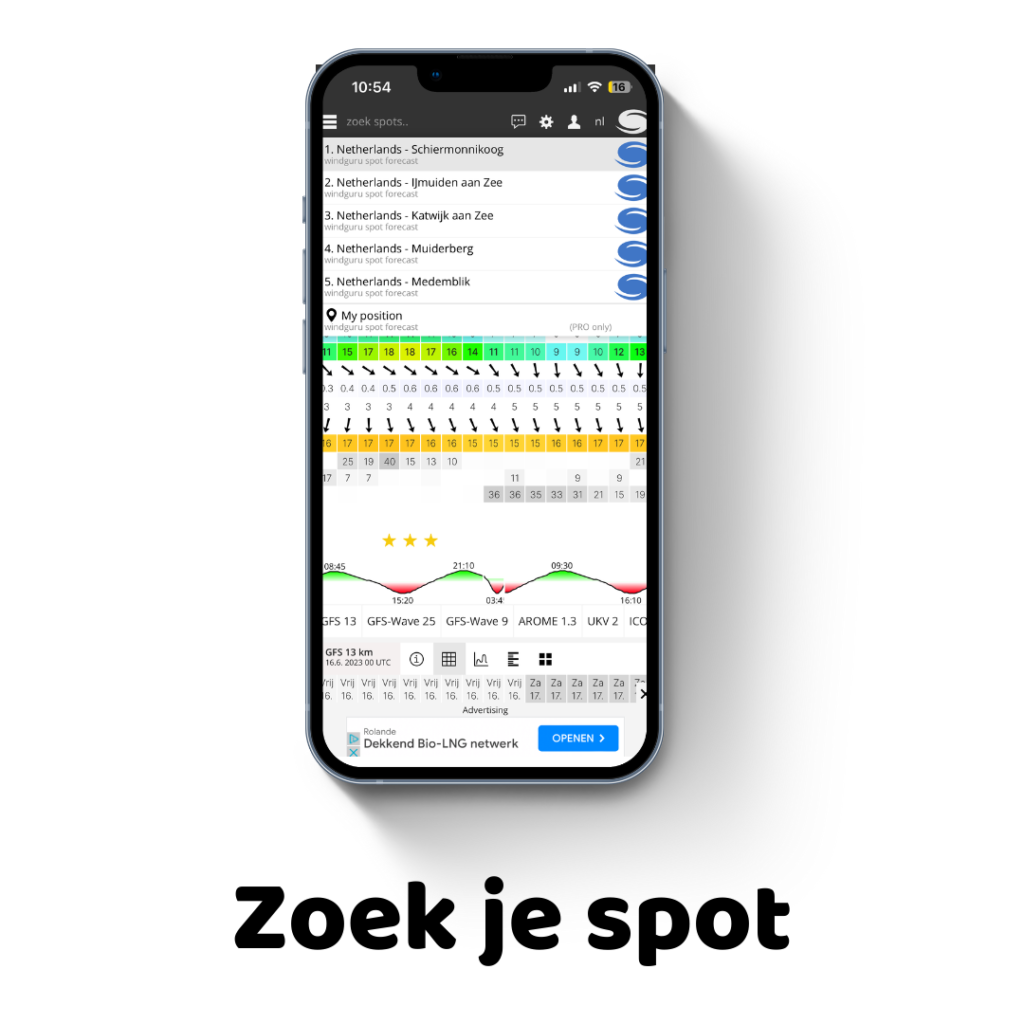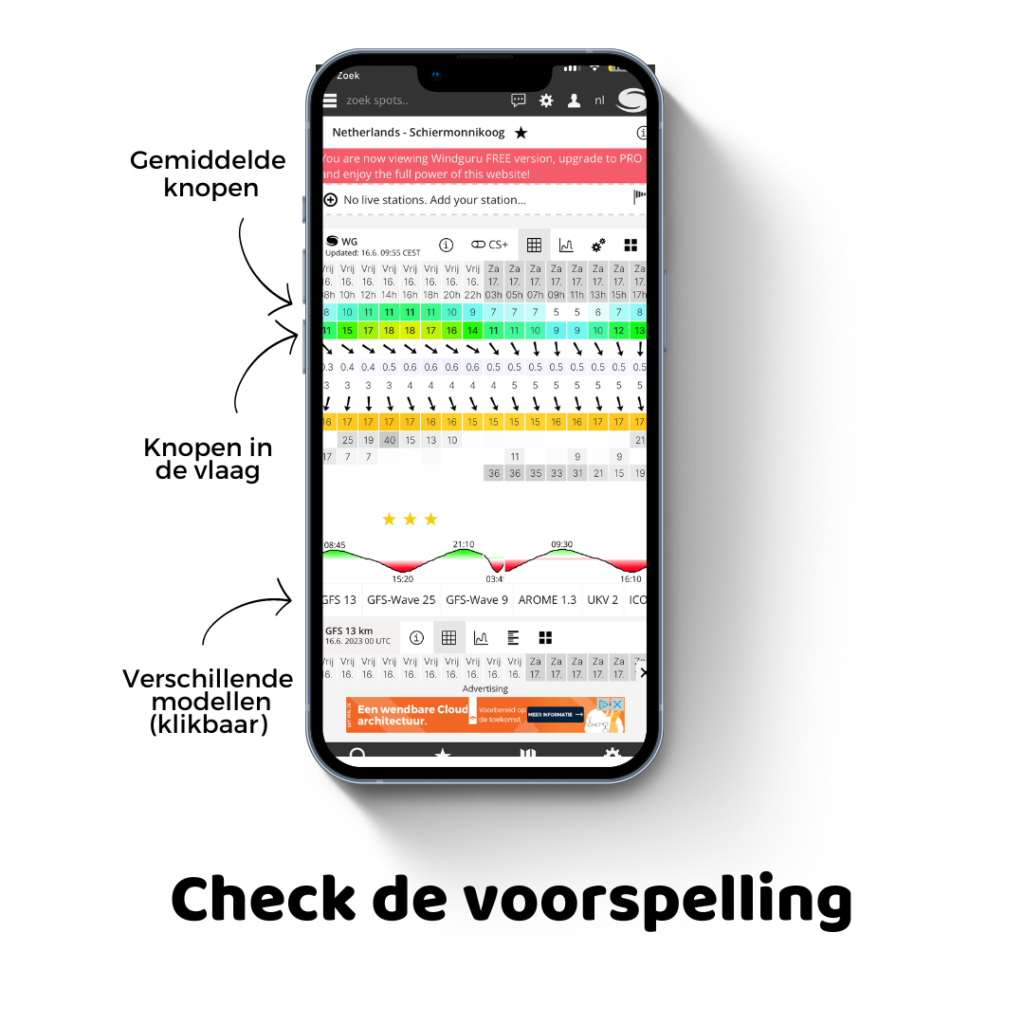Hoe kies je de juiste kitesurf maat als beginner?
Als beginnende kitesurfer is het kiezen van de juiste kite maat cruciaal voor je veiligheid en leerproces. De grootte hangt af van je lichaamsgewicht, windsterkte en vaardigheidsniveau. Beginners hebben meestal een grotere kite (10-14m) nodig voor stabiliteit – een persoon van 80 kg start idealiter met 16-20m² bij matige wind. Te kleine kites geven frustratie door gebrek aan kracht, terwijl te grote kites oncontroleerbaar worden. Met de juiste sizing formules en praktische voorbeelden per gewichtsklasse voorkom je veelgemaakte fouten en geniet je vanaf dag één van het water.



